
OR
Opinion
What is the possibility of NC-UML alliance?
Published On: March 24, 2024 09:00 AM NPT By: Narayan Manandhar
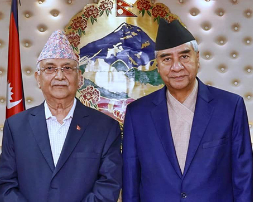
Irked by PM PK Dahal’s frequent and unpredictable u-turns in forming and abandoning alliances; together with condescending statements coming from NC stalwarts to form alliance with UML, there is a kind of speculation on the air about possible NC-UML coalition. Except the NC-UML coalition, almost all possible options have been tested. What remains to be seen is the coalition between NC and UML - the two big political parties.
Having ditched out from the coalition, NC is terribly upset. But its anger is directed more towards RSP than towards UML or the Maoist Party. They knew RSP to be the weakest link in the chain of coalition. NC together with its students’ wing, is determined to bring havoc inside RSP. The party, in turn, is determined to respond with a tit for tat strategy. Recent targeting of Chaudhary brothers, related to the Bansbari land scam, is part of this strategy. The ongoing impasse in the parliament will determine the longevity of this new coalition government plus the next course of Nepali politics. By the way, Nepali month of Chaitra (March/April) is regarded as a propitious month for launching political movements.
NC-UML coalition
First, the proponents of the NC-UML coalition speak of the need for a new coalition to maintain some degree of political stability in the country. For them, punishing Prachanda is of secondary concern. In fact, Comrade Prachanda has lost his revolutionary charm. He is being isolated and remains no threat. He is a spent force now - a one time hero, because of his actions and in-actions turned into a zero.
Second, the NC-UML coalition is proposed for developing and strengthening a two-party system, something similar as in the UK and the USA. This is to end bargaining and horse trading by the parties at the margin in a hung parliament situation. Nepal’s current politics resemble the situation post mid-term elections in 1994 that produced hung parliament.
Finally, the NC-UML alliance is also supported for introducing constitutional reforms, particularly, redesigning this awkward mixed, rather “mixed-up”, electoral system. Two-third majority is required to effect constitutional amendments. The parties are yet to decide on the agenda of constitutional reform.
Lukewarm experiences
In the past, we did have instances of cooperation and collaboration between the NC and UML. We have seen them coming together during the first People’s Movement in 1990, second People’s Movement in 2006 and at the time of drafting of the constitution in 2015. However, the experiences are lukewarm. They tend to diverge once the goals are attained. The experiences only speak that the alliance is possible only during a period of emergency or crisis situation. Are we in a crisis situation? That is a different question to be addressed.
A number game
Given the mixed electoral system and spatial distribution of population, it is near impossible for any political party to secure a majority. Whether one likes it or not, coalition culture is here to stay. And with this, parliament is reduced to a number game.
Currently, NC holds 89 seats, UML 79 seats and the Maoist Center 32 seats, in a parliament comprising 275 seats. Remaining seats are distributed among several smaller parties and independent candidates.
The situation is close to a classic case of a snake, a frog and a scorpion, poised into a strategic balance. Mutual doubt and distrust rule the game. Even Mr. K. P. Sharma Oli, the chief designer of the present coalition, is playing second fiddle. This time, he has refrained from spewing venom against his rivals. His disinterest with the premiership must be taken with a pinch of salt - a lion committing to become a veggi. He has taken a softer approach. This is evidenced by UML filing junior members into the Cabinet plus happily sharing left-over ministerial portfolios.
Prisoner’s Dilemma
Who knows NC and UML poised into a Prisoner’s Dilemma situation thereby deterring possible collaborations? In the absence of cooperation, the parties are stuck to a worse case scenario. PM Dahal is very much aware of this situation and, therefore, playing one ball against the other, thereby extracting maximum payoffs from NC-UML rivalry.
Opposition to NC-UML alliance
Equally, there are also voices opposing the alliance. They say the alliance is not natural. It will make parliament bereft of a strong oppositional force and imply possible danger to our nascent democracy. It is far more comfortable to remain small fish in a big pond than to be otherwise.
What could be the possible outcome?
Immediately, after the results of the last elections, there were opinions for having a national government. I suppose the ideas were mooted by the current president, Mr. Ram Chandra Paudel and the Maoist ideologue, Dr. Babu Ram Bhattarai. Something akin to all party mechanisms- without check balance- this idea would have been far more disastrous than having the NC-UML alliance.
It is too difficult to predict the shape of things to come tomorrow. We may have to wait till the elections in India are over to have a more clearer view on Nepali politics. Definitely, there can be a coalition between the NC and UML. This only speaks of their capability, not of possibility. As at present, the possibility is zero. In the absence of serious political or constitutional threats, there would not be an NC-UML alliance. More importantly, there should not be an NC-UML alliance. From a longer term perspective, the country benefits much more from the NC-UML rivalry than from their alliance. They must remain as polarized forces. Currently, the political problems are not with the NC or UML per se but with the smaller and marginal parties, primarily, the Maoist Party, playing one ball against the other, and extracting maximum benefits, at a personal level. There is a stronger need to redesign electoral system, federal system and inclusive character of the Constitution.
You May Like This
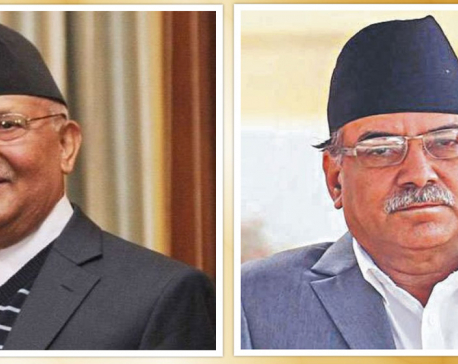
UML offers Maoist Chairman Dahal to lead new govt as left parties intensify dialogue for new alliance
KATHMANDU, Dec 15: While the Election Commission (EC) is preparing to submit the final report of the election to President... Read More...
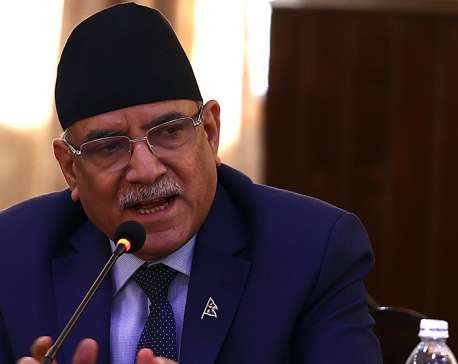
Dahal accuses Oli of trying to overthrow republic
KATHMANDU, Nov 1: CPN (Maoist Center) Chairman Pushpa Kamal Dahal has accused CPN-UML Chairman KP Sharma Oli of trying to... Read More...

Dahal phones Oli, invites him to Maoist Center’s national convention
KATHMANDU, Dec 26: CPN (Maoist Center) Chairman Pushpa Kamal Dahal 'Prachanda' has invited CPN (UML) Chairman KP Sharma Oli as... Read More...




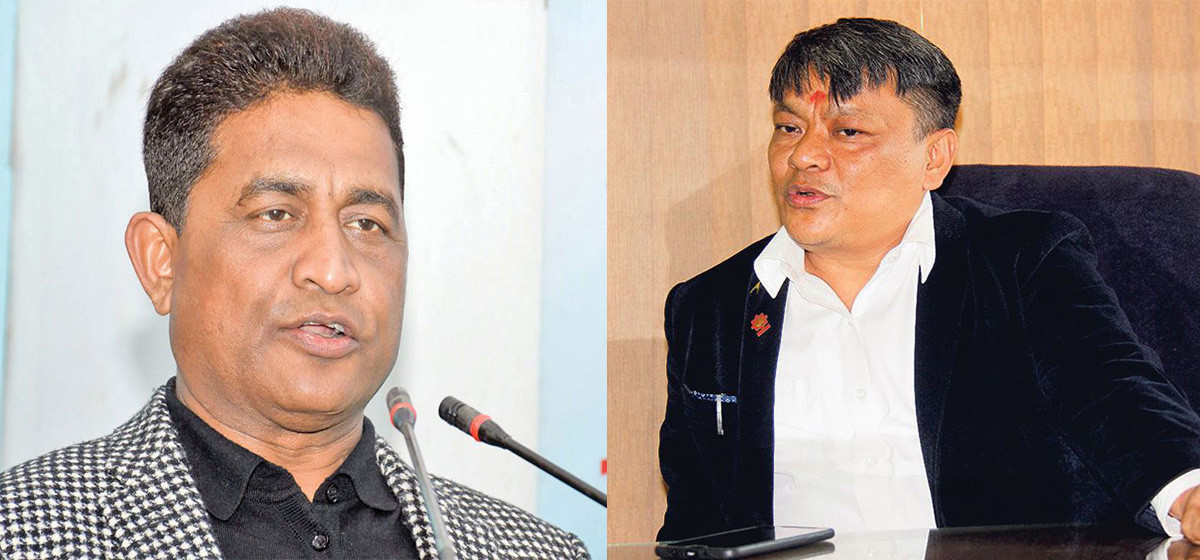
Just In
- JSP Central Executive Committee meeting being held today to discuss national convention representative election guidelines
- KMC adjust office hours, services now start at 9AM
- Five-match T20 series: first match between West Indies 'A' and Nepal starts today
- Govt yet to pay Rs 60 billion to contractors
- Nepal’s poorest district identified as Bajura, richest as Mustang
- Wind storm likely at a few places of Koshi and Sudurpaschim
- EVs adoption in Nepal surge in Nepal with government support measures
- Mayors' Forum urges Finance Minister Pun to settle electricity dues







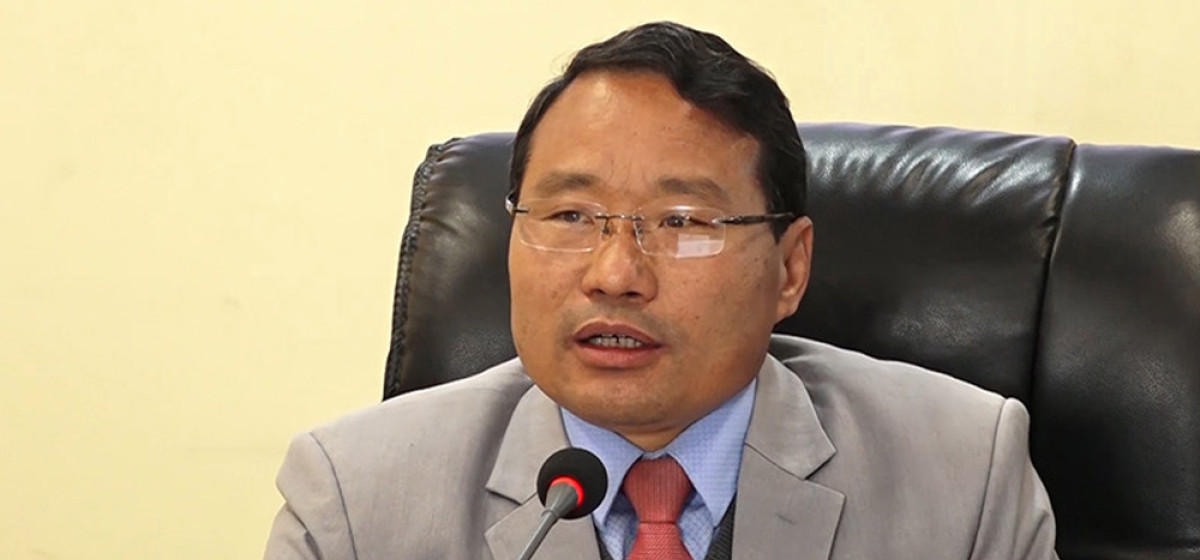

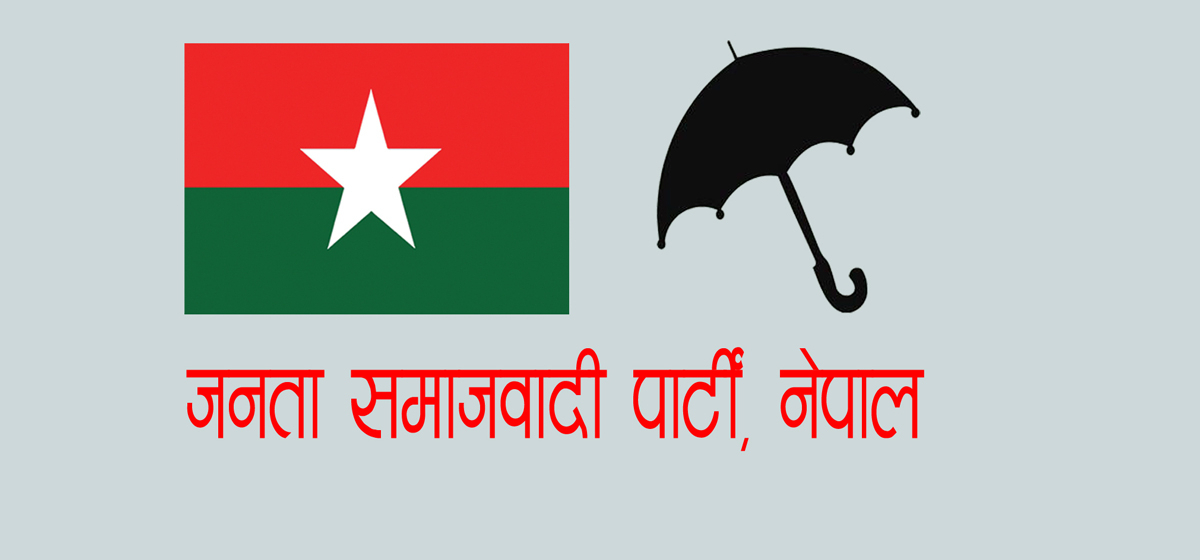

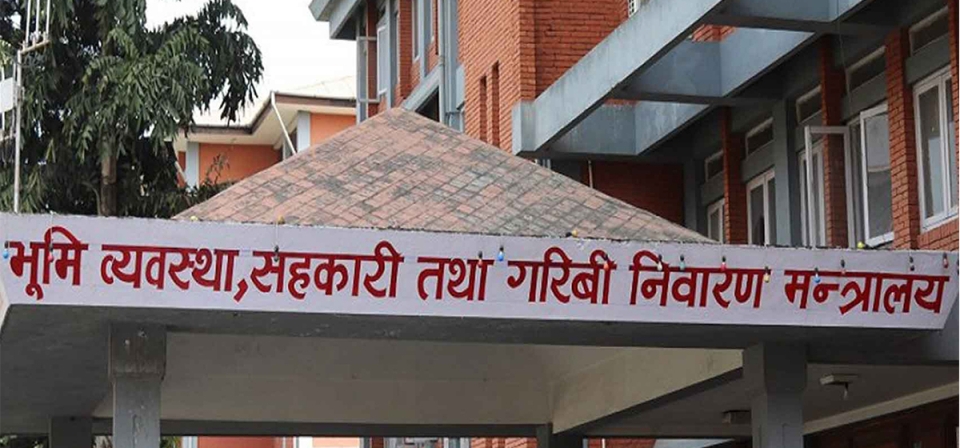



Leave A Comment